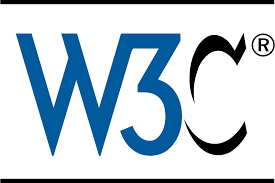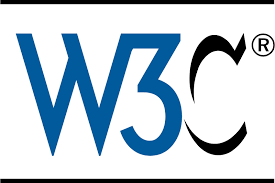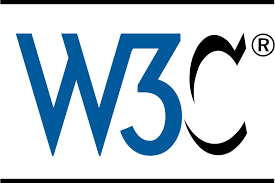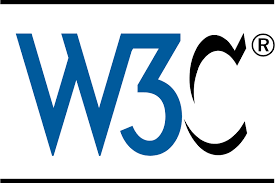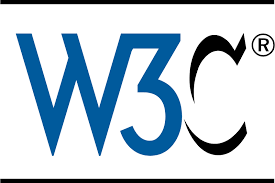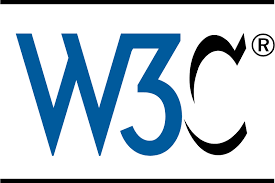Cascading Style Sheets working group
The mission of the group is to develop and maintain CSS.
Cascading Style Sheets (CSS) is a style sheet language that allows authors and users to attach style (e.g., from fonts and spacing to filter effects and style animations) to structured documents and Web applications. By separating the presentation style from the content, CSS simplifies Web authoring and site maintenance. It supports media-specific style so that authors may tailor the presentation to different devices and capabilities.
The CSS WG develops a single deliverable, the CSS specification. It consists of the following, somewhat independent technologies, all of which are in scope for the CSS Working Group:
- A syntax for associating information with elements in a structured resource, in particular HTML and SVG documents. The main part of the syntax consists of rules that associate properties + values with selectors where the selectors are expressions that match elements in the structured document, based on their position in the document or based on other information about the elements (their type, what the user has done with them, etc.)
- A processing model, referred to as “cascading and inheritance,” that ensures that, given one or more style sheets and a structured document, each element in the document is associated with the full set of properties and values, no matter how short the style sheets or how long the document.
- A rendering model, part of which is a model of typography, i.e., a layout model for text documents, possibly with embedded other objects and possibly involving several documents simultaneously. The model describes blocks and lines of text, characters, columns, colors, dynamic effects, etc. It also includes the presentation and behavior of UI widgets. CSS's influence over UI controls is limited to defining the look of controls in various states during interaction (valid/invalid, required, inactive, etc.), hiding/unhiding, and other local behaviors, but CSS does not itself change the state of elements and does not define how (form) elements interact with a server. (The general principle is that CSS can enhance the user's interaction with a document, but the document should ideally be functional without it.)
- The CSS Object Model, a set of standard APIs, to which libraries can be written for manipulating style sheets and documents with associated style information.
The CSS WG not only develops CSS, but also checks that properties needed by other working groups and which could occur in a style sheet together with CSS properties, are compatible with CSS in general and consistent in their naming schemes. This affects properties such as those of SVG and Device Independence (such as media features).
Part of the work of the working group is also to develop test suites for the various specifications it publishes.
Another part is to maintain errata and, when needed, publish revised versions of the various specifications.

